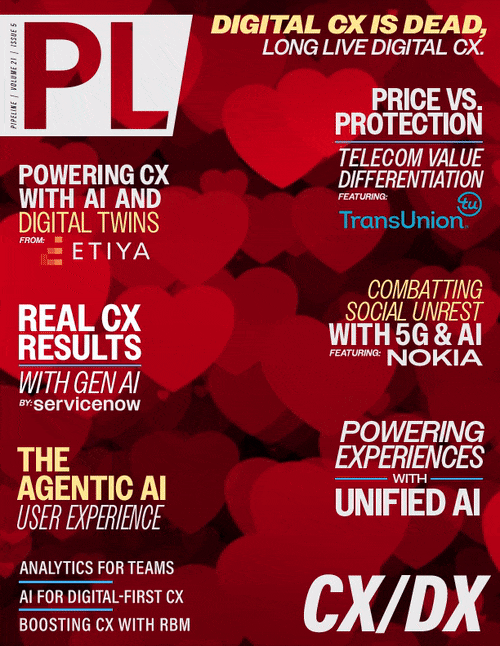BT Successfully Trials C-RAN Service Over Copper LinesBT Trials Cloud Ran Over G.fast In Step Towards 5GBT today announced it has successfully used G.fast technology to deliver cellular data over copper lines at speeds of 150-200Mbps eliminating the need for C-RAN service over a dedicated fiber link LONDON and SAN JOSE, Calif., Feb. 9, 2016 /PRNewswire/ -- BT announced today that it has successfully used G.fast technology to deliver a 'Cloud Radio Access Network' (C-RAN) cellular network service over copper, in an experiment believed to be a world first. C-RAN is a new network architecture used to connect cellular base-stations to mobile operators' core networks. A traditional approach to C-RAN requires a dedicated fibre link to connect transmitters at the top of a cell tower to complex signal-processing equipment deeper in the network. This can involve complex and costly engineering work if no fibre is present in the ground to carry the signal. Researchers at BT's Adastral Park Labs in Ipswich, in collaboration with US-based semiconductor manufacturer Cavium, Inc. (NASDAQ: CAVM), have demonstrated that they can use G.fast technology to deliver cellular data over copper lines at speeds of 150 – 200Mbps. This removes the need for mobile operators to invest in costly, high capacity backhaul links over dedicated fibre connections. By providing a far more economic "fronthaul" connection between the base station and the mobile operators' core network, a C-RAN service delivered over G.fast would significantly lower the cost of deployment for mobile operators building out 4G networks today and 5G architectures in the future. Dr Tim Whitley, MD for Research & Innovation at BT said: "Using G.fast to deliver a cellular network is an exciting breakthrough for C-RAN and yet another world first for our team of researchers at Adastral Park. "These technologies will play a key role in 4G networks and will be fundamental to 5G architectures. The trials are another step towards a fixed and mobile network which will support customers' increasing demands for data." "We are very excited to collaborate with BT, using Cavium OCTEON Fusion-M™ basestation and ThunderX® server processor technology to validate this new class of Radio Access application with G.fast technology," said Raj Singh, General Manager of Cavium's Wireless Broadband Group. "Our successful testing has laid the groundwork for enabling LTE deployments today and 5G deployments in the future using G.fast." As well as exploring the role that G.fast may play in helping operators to roll out their 4G/5G networks, Openreach, BT's local access network division, is also trialling G.fast as an access technology in Huntingdonand Gosforth, alongside a further BT technical trial in Swansea. G.fast is significant because by building on current Fibre-to-the-Cabinet (FTTC) technology, it allows Openreach to bring ultrafast speeds to a wide footprint far more rapidly and without the expense and disruption of running fibre directly into a home or business. If the trials prove successful – and if UK regulation continues to encourage investment – the company has pledged to provide ultrafast speeds to 10m homes by 2020 and to the majority of the UK within a decade. Source: PR Newswire | |

















